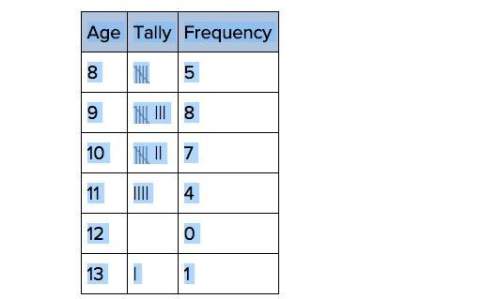
Mathematics, 02.05.2021 02:00 navjitdosanjh20
Consider the following equations.
Approximate the solution to the equation f(x) = g(x) using three iterations of successive approximation. Use the graph as a starting point.
Select the approximate value for the solution to the equation in the table below.


Answers: 3


Another question on Mathematics


Mathematics, 21.06.2019 17:30
Is trapezoid abdc the result of a dilation of trapezoid mnpq by a scale factor of ? why or why not? yes, because ab and cd are each the lengths mn and qp. yes, because sides ab and cd are parallel to sides mn and qp. no, because ab is the length mn but cd is the length qp. no, because sides ab and cd have different slopes from sides mn and qp.
Answers: 1

Mathematics, 21.06.2019 21:10
Lines b and c are parallel. what is the measure of 2? m2 = 31° m2 = 50° m2 = 120° m2 = 130°
Answers: 2

Mathematics, 22.06.2019 01:30
Jacob is graphing the line represented by the equation −6x−5y=12.−6x−5y=12. he first plots the x-x- and y-interceptsy-intercepts as follows. which statement is correct regarding the intercepts on the graph?
Answers: 1
You know the right answer?
Consider the following equations.
Approximate the solution to the equation f(x) = g(x) using three...
Questions

Computers and Technology, 18.06.2021 01:00

Mathematics, 18.06.2021 01:00




Mathematics, 18.06.2021 01:00


Computers and Technology, 18.06.2021 01:00



Biology, 18.06.2021 01:00

Mathematics, 18.06.2021 01:00


Mathematics, 18.06.2021 01:00











